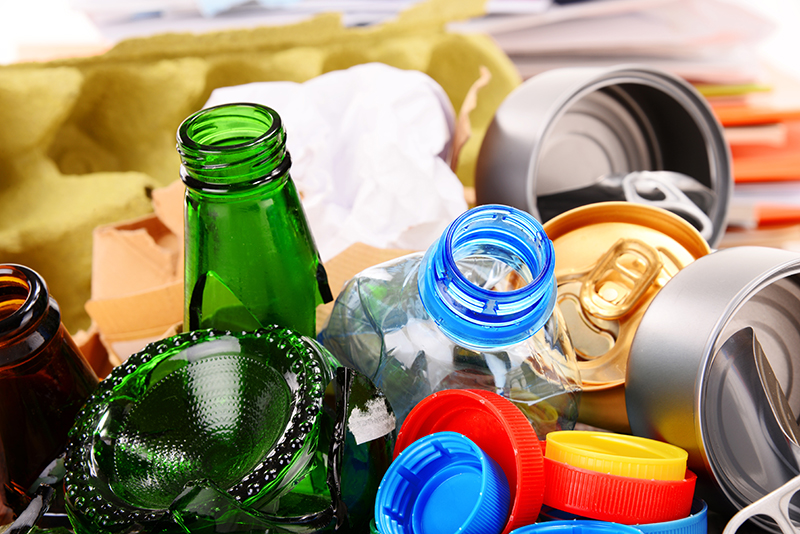By Teresa Del Re, NE head of marketing and innovation at DS Smith
THE environmental impact of our industry has been thrust into the media spotlight over recent years, with the public becoming more aware and conscious of where our waste ends up.
As consumers and politicians get their heads around the urgency of the situation, they are demanding immediate change from all sides. Most consumers now expect brands to take their responsibilities seriously and do whatever it takes to reduce the carbon footprint of their products, improve the recyclability of packaging and boost the sustainability of supply chains.
Small changes, big impact
Improving the environmental credentials of packaging does not necessarily mean a complete overhaul of packaging portfolios. Simple swaps regarding material choice or tweaks to the shape or design can make a significant difference to the environmental impact of a packaging format.
In particular, exploring how packaging performs throughout a supply chain can often bring fresh perspective. This insight can be used to make changes to design that can reduce the amount of empty space in a parcel and increase the number of packages fitting on a pallet, thereby reducing logistical costs and carbon emissions. Efficiency savings such as this are also good for the bottom line.
Global brand goes green
Global lifestyle brand, Ted Baker, is a great example of a company leading the way when it comes to sustainable packaging. The business has expanded rapidly since its beginnings as a menswear brand in Glasgow in 1987 and is very conscious of its environmental responsibilities.
Over the last year, it has set out to improve the sustainability of its e-commerce packaging. As part of the revamp, packaging production was on-shored – moving it from the Far East back to the UK. This decision helped to reduce the company’s carbon footprint but also gives the brand greater flexibility. It can now easily and quickly update packaging design to reflect seasonal campaigns or react to increased peaks in trade.
The new e-commerce packaging focuses on the reuse and recycle principles of the circular economy. Working with DS Smith, the company developed a completely recyclable box with the aim of reusing 20% of its boxes annually – a target that has already been exceeded with an average reuse rate of 27%.
In addition, an innovative, reusable and resealable sleeve was devised, using the brand’s bold and exciting designs. The sleeve protects the parcel during transit and means that customers can return items in the same box by simply reversing the sleeve and securing it around the box. It arrives back in the distribution centre with no labels on it and can be used again for other customer orders.
Prioritising sustainability hasn’t meant sacrificing Ted Baker’s iconic and quirky brand values. The inside of the box and new sleeve provide a blank canvas for colourful and impactful lithographic designs. Thanks to sophisticated print techniques that DS Smith can employ, there is a real ‘wow factor’ when the customer opens the box.
In this way, Ted Baker is really pushing the boundaries of e-commerce packaging design. It has stopped at nothing to boost the sustainability of its packaging, even if additional investment has been required upfront. This is because it knows that what is best for the planet is also what is best for the company in the long run.
It has taken time for sustainability to move from being a niche subject of interest to the mainstream but now, it is here to stay. Brands must respond and follow the example of Ted Baker in evaluating their packaging strategy and making the necessary changes to reduce inefficiencies and carbon emissions and boost recyclability.













